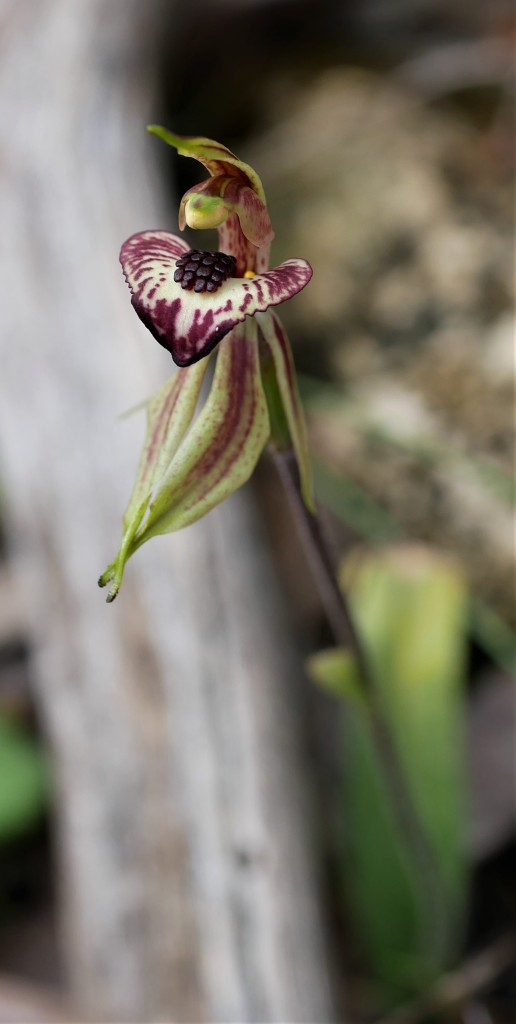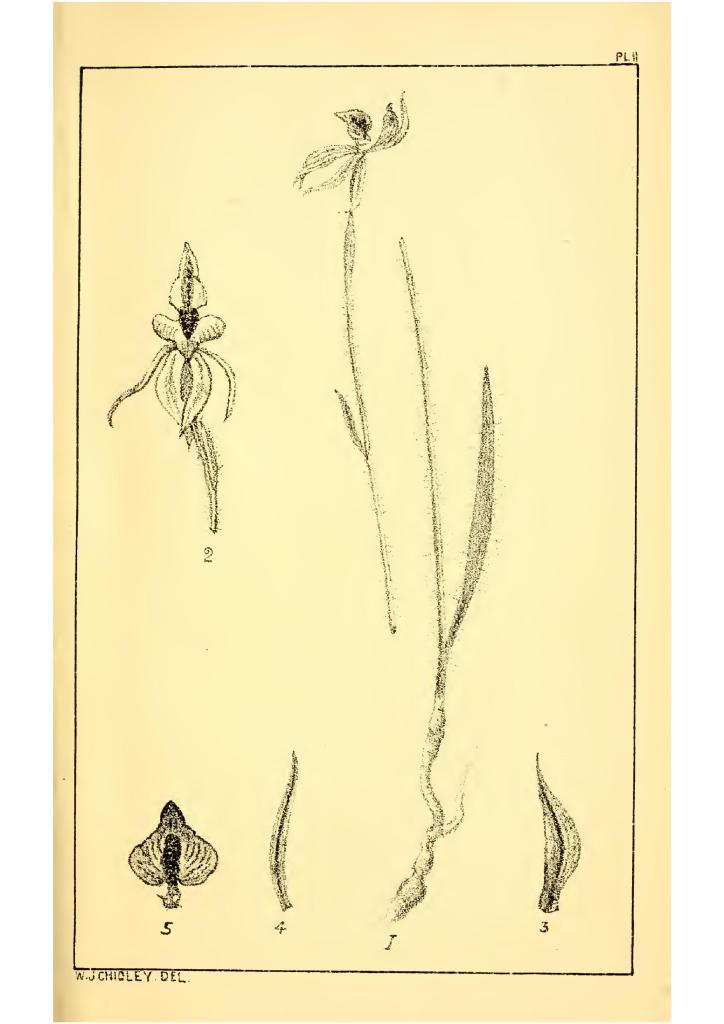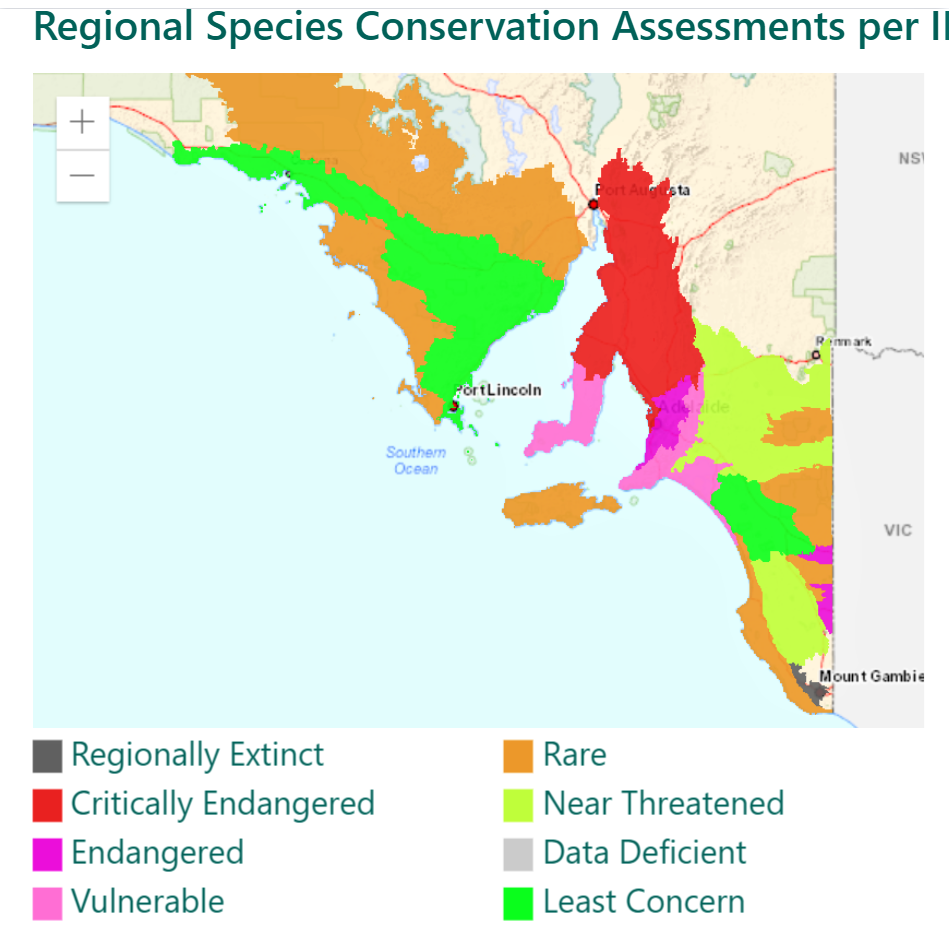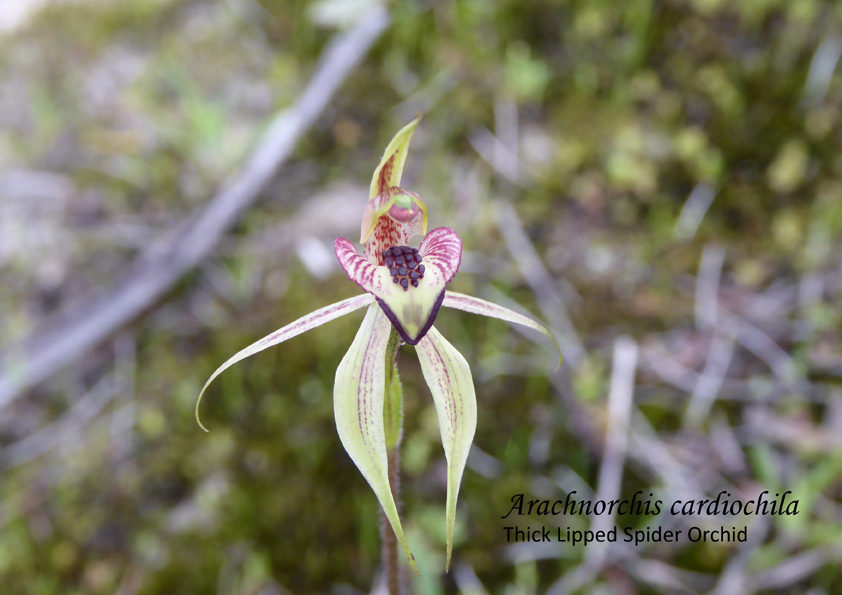The following article, March Winning Photograph, is from Volume 44 no 4, May 2020 Native Orchid Society of South Australia Journal.
Pauline Myers’ Arachnorchis cardiochila was the winning picture. Synonyms for Arachnorchis cardiochila are Caladenia cardiochila, Phlebochilus cardiochilus and Caladenia tessellata. Common names include Heart Lipped Spider Orchid, Thick Lipped Spider Orchid, Fleshy Lipped Caladenia.

This species was named in 1886 by Professor Tate who presented it at the Royal Society of South australia at the October meeting. He did the original drawing.

The type specimen was collected at Golden Grove on October 2 1886 but it had also been collected much earlier (1865) at Barraba Scrub which is in the region of Mallalla.
Its fate in both these areas has not been good; it is extinct in Golden Grove and critically endangered in the region containing Barabba Scrub. Although, it is considered to be a reasonably common orchid throughout its range in South Australia, Victoria and Southern New South Wales, there are areas of concern as seen the Seedbank of South Australia map below.

It should be noted that though Caladenia tessallata is listed as a synonym that this was used incorrectly, as C. tessallata is a separate but similar species found in the eastern states. Its main difference from C. cardiochila is that the edge of the labellum (lip) is toothed, not smooth as seen in Pauline’s photo.






